ANT100 (Socio-linguistic) terms
1/126
Earn XP
Description and Tags
UofT ANT100 second semester (2024-2025)
Name | Mastery | Learn | Test | Matching | Spaced |
|---|
No study sessions yet.
127 Terms
the ‘Other’
a person or group that is defined as not a part of our group; related to the connection between anthropology and colonialism
Folklore
the study of the peasant culture in Western civilization
Oriental/The Orient
A way of separating the ‘West’ (Occident) from the ‘East’, which ranged from North Africa to South and East Asia
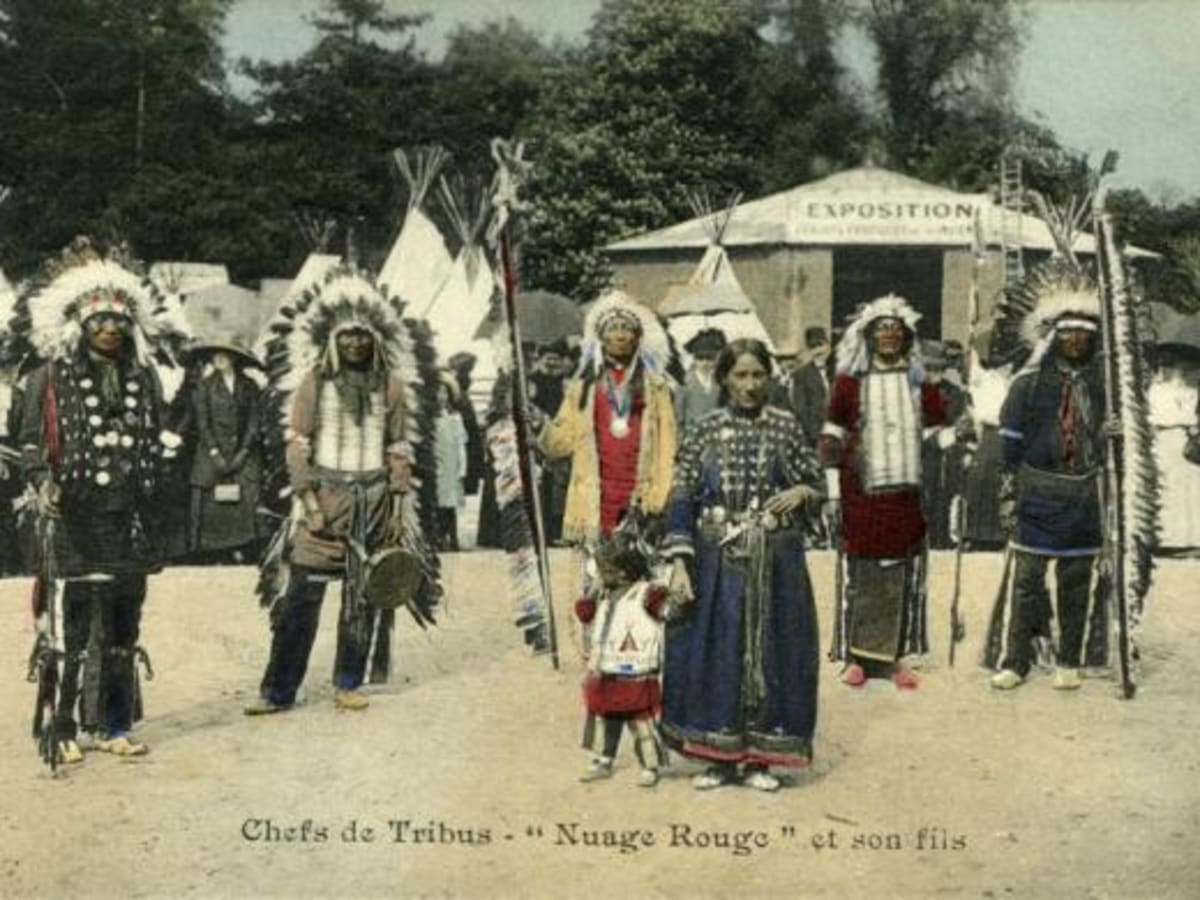
World’s Columbian Exposition (1893)
An exhibition made to celebrate Columbus’ “discovery” of the Americas. The organizers made “natives” stand in the exhibits, putting their “culture” (the western perception of it) on display
The Classic Four Fields of Anthropology
Physical Anthropology- what the people looked like
Archaeology- looks at material culture, with people being seen as “living relics” of the past
Cultural anthropology (social)- looks at customs, ideas, and social organization
Linguistic anthropology- looks at what language(s) they speak, with many of these scholars also being translators and missionaries
All four fields are the result of colonial heritage
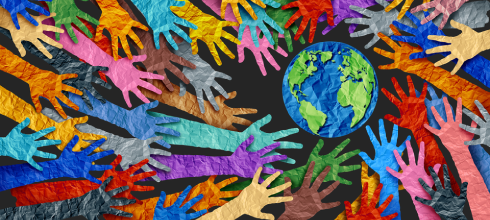
Culture
What we learn from each other rather than what was “programmed” by our genes, helping us make sense of the world in group-specific ways. Humans culture have more in common than not (particulars vs. universals), and culture often reflect global influences
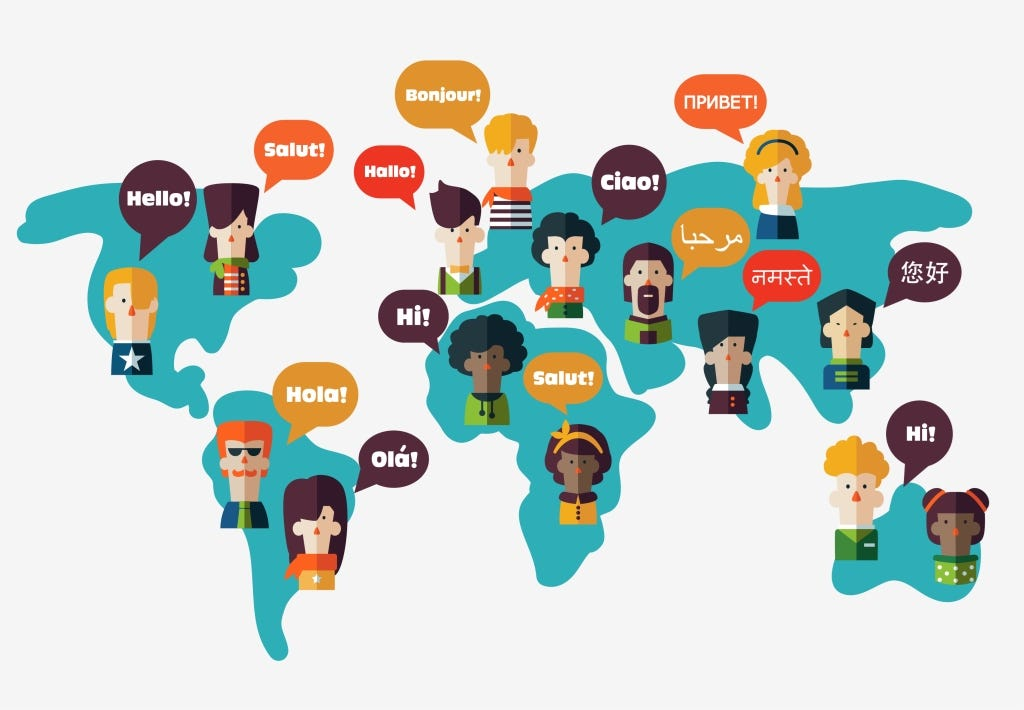
Language
A principal tool of social communication/transmission and identity formation. Like cultures, languages tend to have more in common than not, and its universals are biologically inherent
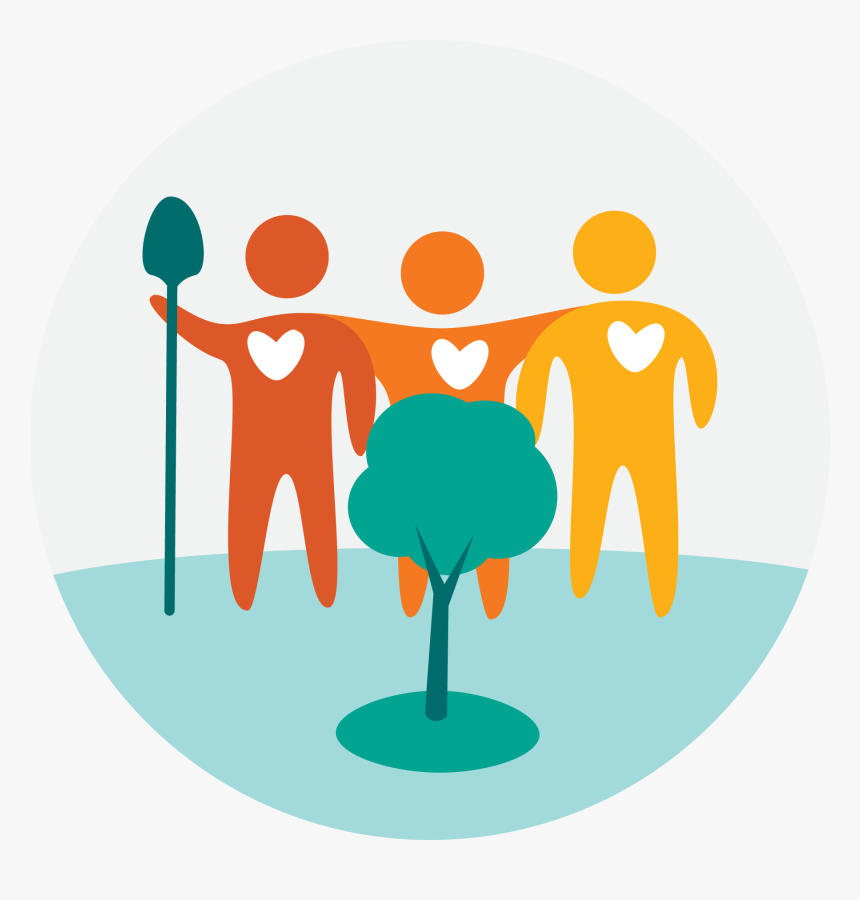
Sameness
An affect that is associated with community, with emotional connection being an important component
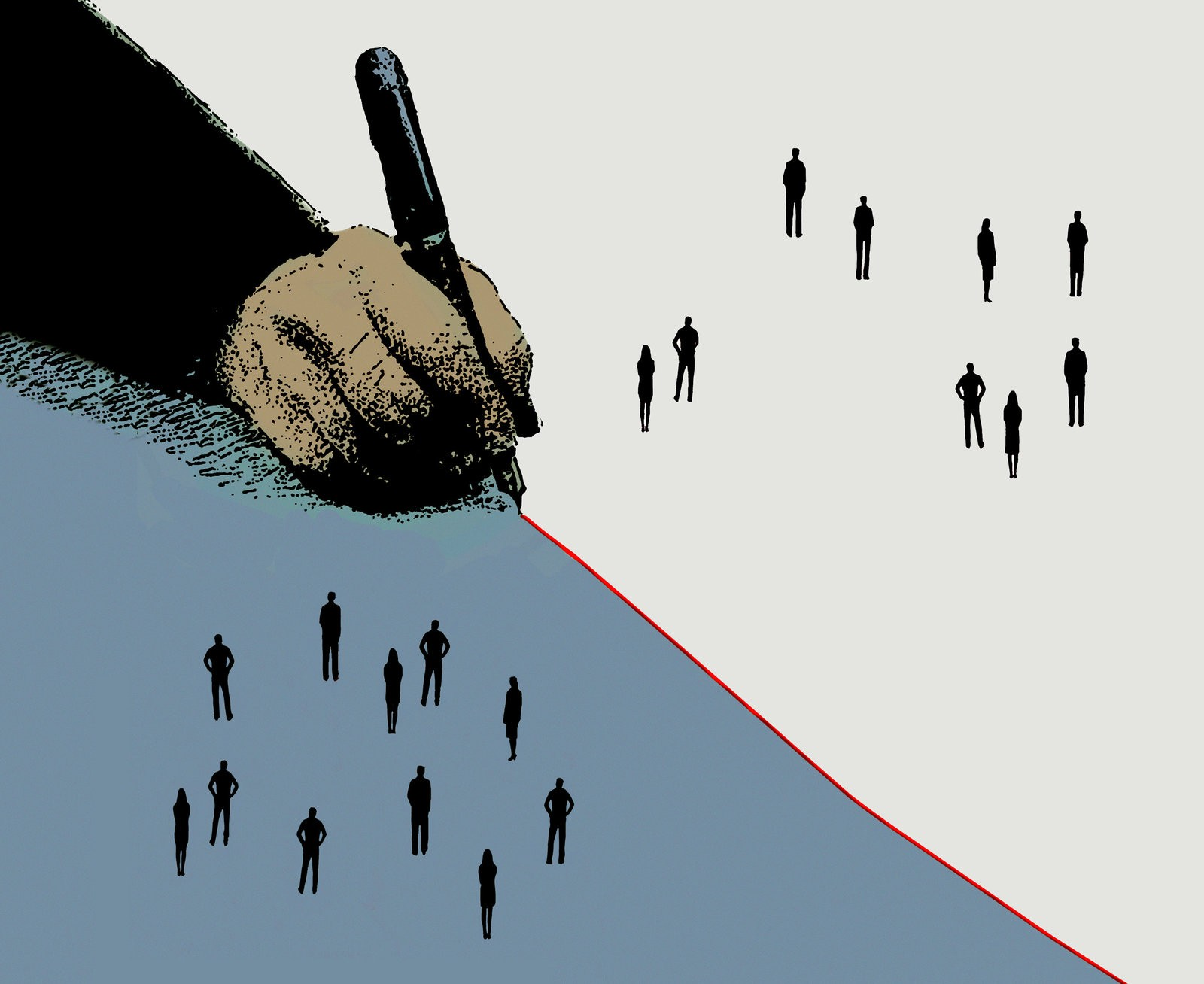
Difference
An affect associated with othering, focused on a feeling of emotional separation (ex. “This person is not what I relate to.” “That’s weird.”)
Universals (language, culture)
Shared traits that are innate and transmitted via genes (through sexual reproduction)
Particulars (language, culture)
Traits that are socially constructed (learned) and transmitted via society
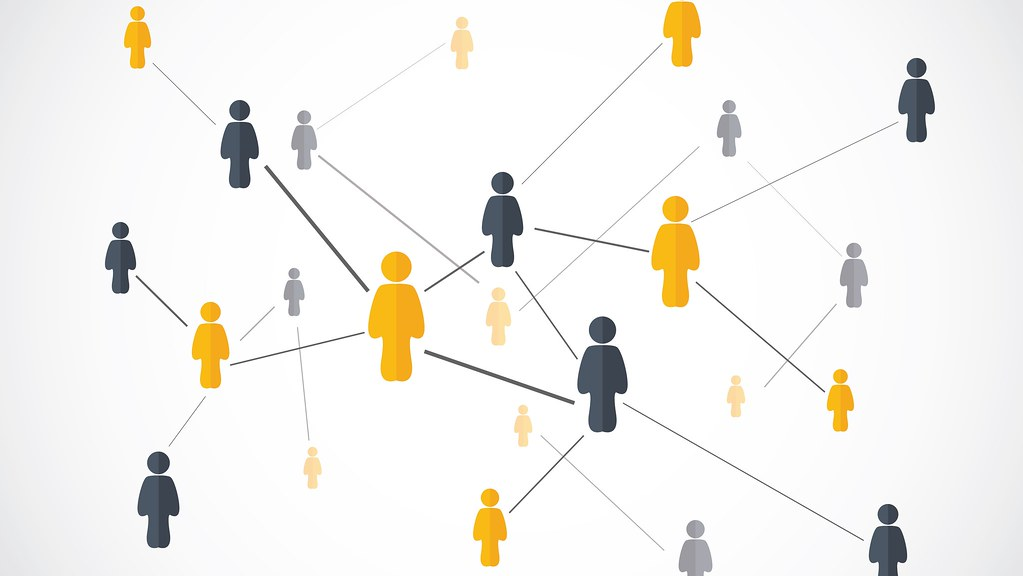
Social transmission
More flexible than genetic transmission, it allows major changes to occur with a generation or two without a change of species; if successful, adaption occurs without us becoming a new species (language and culture help us preserve our species). Specific languages and cultures are developed to cope with specific environmental and social contexts
Anthropocene
Refers to the current epoch. If, previously, we had to a adapt to the environment, it is now the environment that has to adapt to us
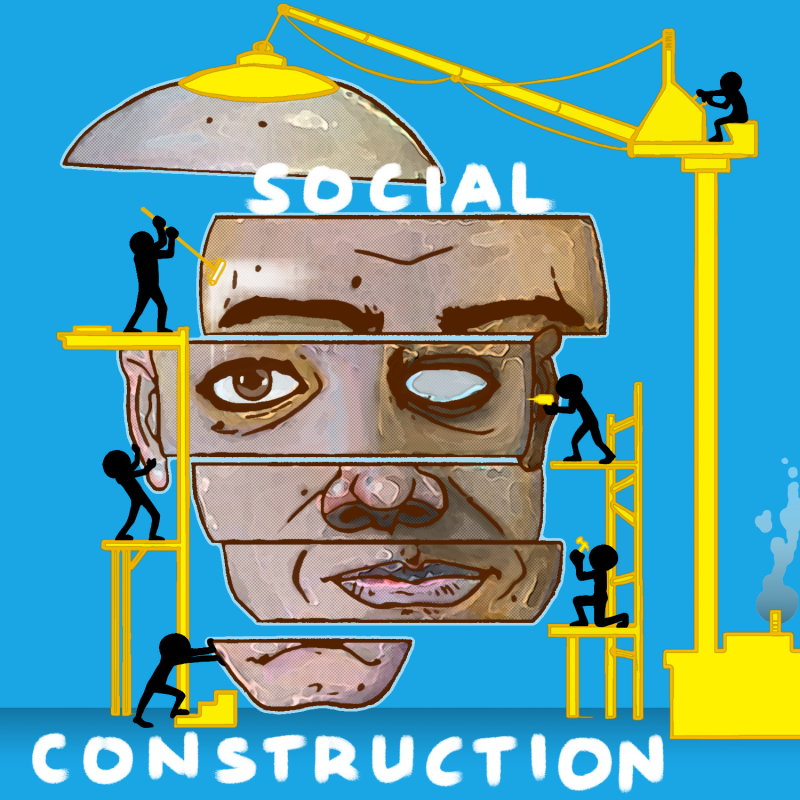
Social constructions
Things that draw on material reality, but transform and shape it into social reality, social constructions are real, invented, and naturalized (historically conditioned)
They are a part of reality (how we understand the world)

Race
An “invention” whose material reality is genetic pools, a category of imagined common descent.
A folk notion, not a scientific, connected deeply to human history (differently constructed in different periods and contexts).
Some older usages of the term include: referring to a people or nation, a regional population, or speakers of a “family” of languages
Epidermic racism
A product of western pseudo-science, based on skin colour.
The most popular version divides people into White, Black, Yellow, and Red (with the latter two being afterthoughts)
The “One-Drop Rule”
If you have any “Black blood” (African ancestors), then you’re (socially constructed as/racialized as) Black. Also applies to other non-White groups
Signification
The process of signifying, of making signs, making sense
Semiosis
The study of signification, divided into language (linguistics) and others (semiotics proper)
Signifier and signified (Saussurean semiosis)
Signifier- the material aspect of the sign, what the sign represents or refers to (plane of content). Ex. For dog, it would be the word ‘dog’
Signified- the thing-ness of the thing, the observable aspects of the sign itself (plane of expression). Ex. The dog-ness of the signs for a dog
Both need to be present to have a sign in a semiotic sense
Three types of signs (Charles Peirce)
Icon: Shares some of their physical form (shape, sound, etc.) with the referent (ex. a portrait of a person)
Index: a.k.a. indices, do not share any of their form with the referent (ex. poison warnings have an icon of a skull but are an index of poison)
Symbol: Have and arbitrary relation to the signified/referent, and connected only via the system of signification (ex. most words are symbols)
The Whorf Hypothesis
Different languages construct different ‘realities’. Also known as linguistic relativity, it posits that the structure of a language influences one’s worldview or cognition
Denotation and Connotation
Denotation: what a sign like an official photo means “literally”, including linguistic signs such as words
Connotation: what a sign “implies”. Not straightforward, usually warrants discussion
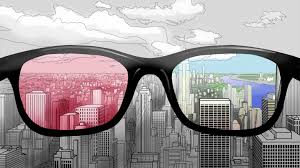
Reality
What is verifiable, the world as it makes sense to us. A social construct, as most experience of the world comes across to us through the filter of signs and language; reality is how we understand it
Social construction of the self
The theory that our concept of having a self (I, ego) is not given by nature, but constructed. The idea that all of our experiences and actions are united in the one distinct whole we call “I”, largely through social construction
Stages of the Development of the Self (Lacan)
The Real: ego is not yet formed. There are no signs, only nature and instinct. Undifferentiated, uncategorized experience
The Imaginary (Mirror): the ego forms, can also be called iconic. One can represent oneself and recognize oneself in a mirror. The world is perceived without words , and the ego is inseparable from other human beings
The Symbolic: language appears, learned from parents/society, and the ego is now called “I”. You are now in reality and can no longer reach the real
Face/Facework (Erving Goffman)
Face: how we appear to others, our “image”
Facework: what we do to maintain our face
Related to the external “I”, arising from common expressions such as “lose face”, “save face”, “face-saving method”
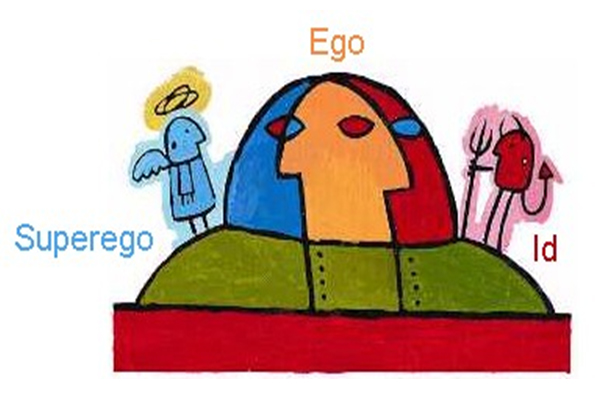
Superego (Freud)
The ethical component of the personality that provides the moral standards by which the ego operates. The external ‘face’ penetrates the internal life as the voice of society, a voice of authority. Manifests as inner conversation, usually with one party coaching the other.
Ritual
how religion is practiced, embodiments/materializations of the sacred
also includes wedding ceremonies/practices
Sacralized spaces
Also known as “holy spaces”, these are certain places that excite the emotions and the imagination
Animatism
the belief that a common spirit pervades the world (ex. Mana in Melanesian beliefs, Tao/Dao in China, Karma in Hindu, luck/fate)
Religion
The communication between the Real and reality, the connection between the sacred and the profane, not necessarily equated with organized religion or even the belief in a “God” or gods. It re-links the world as we understand it and the world beyond our understanding
Liminality
“In-between”-ness
A powerful, possibly dangerous state “at the threshold”
ex. religious rituals, prophets, menstruation, marriage
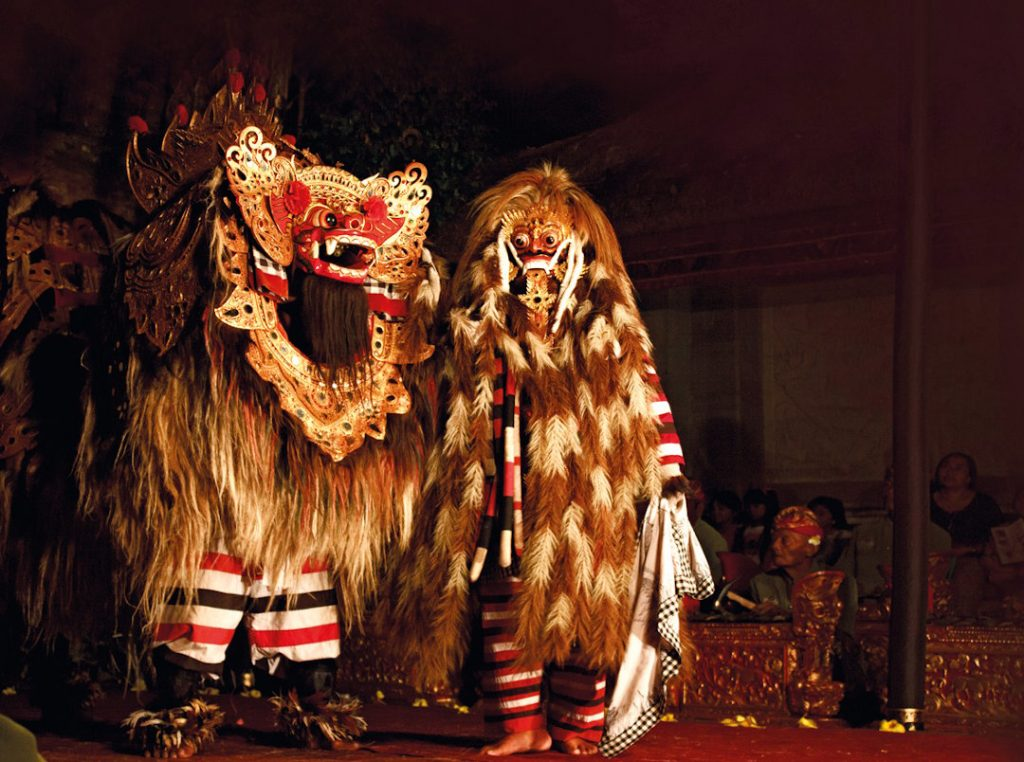
Balinese Theatre (ritual)
A play depicting a struggle between the figures of Rangda and Barong
Rather than an artistic commitment, one’s participation in the play is a civic duty, crucial to maintaining the order of the universe (a balance between the forces of good and evil)
Religion and social structures
Mary Douglas (anthropologist): religion extends social relations to the sacred; the sacred sphere often features a society similar to our own (ex. God referred to as Father)
The divine is often the source of social order (divine right of kings, Son of the Heavens, monarchs as defenders of faith, etc.)
Heterotopia
a “different” place where the presence of other places is powerful
includes holy places, but also the opposite: toilets, prisons, etc.
Holy/Sacred People
Mediators between the divine and the profane
Also includes commercial capitalism’s celebrities (they have a “divine presence”)
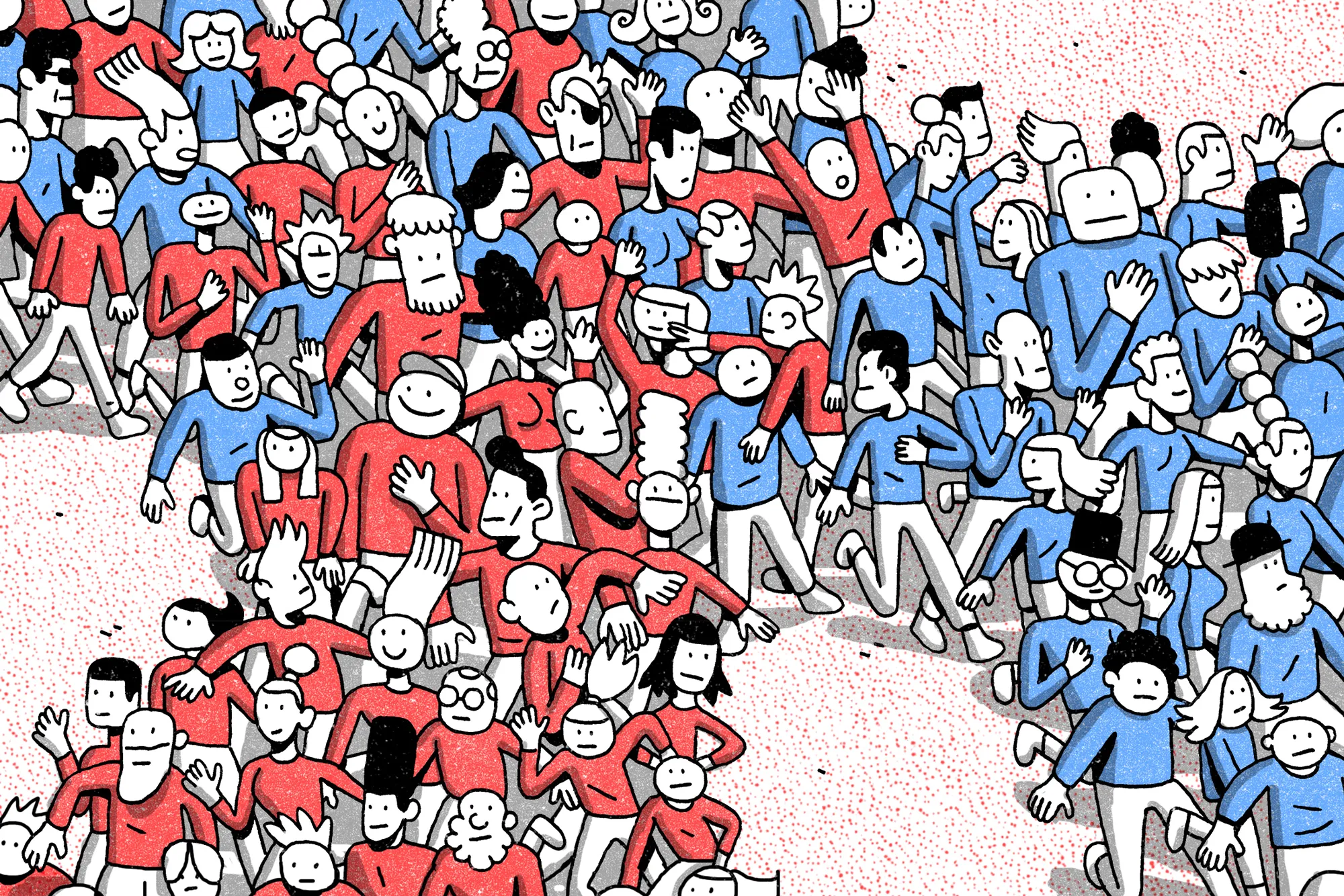
Politics (anthropology)
Those relationships and processes of cooperation, conflict, and power that are fundamental aspects of human life; how groups work together, interact
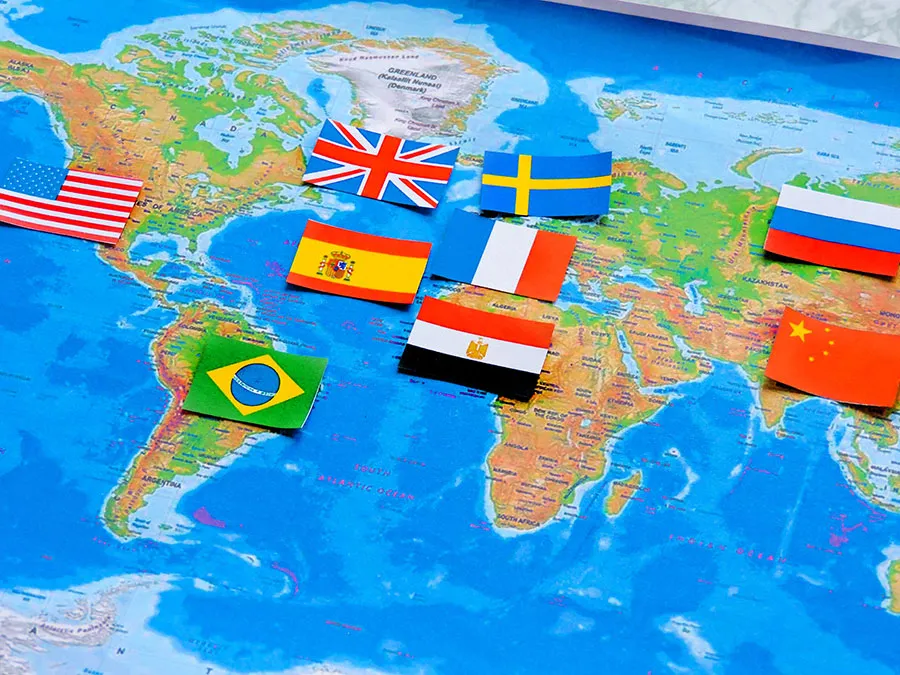
Nation
an imagined community that acts like a family, but people do not necessarily know each other on a personal level
a “people,” typically with a land as their inheritance, and can also be a state
Ethnonationalism
A nation based on imagined common descent; jus sanguinis (law of blood)
Civic nationalism
A nation based on residence, citizenship, a country or similar political unit; jus soli (law of soil)
Birthright citizenship falls under jus soli
Bordering
The activity of marking national/ethnic/racial borders
Even if external (geographic) borders remain consistent, internal borders still provide different opportunities to different groups (differentiation of legal vs. illegal immigrants)
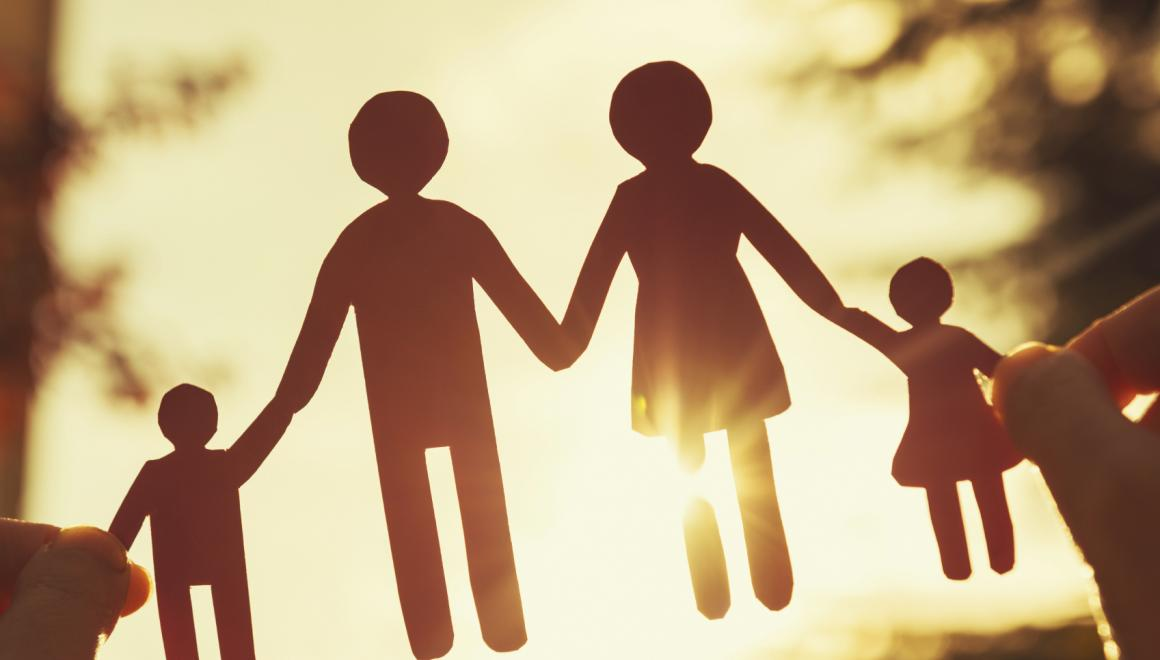
Family
corporate groups that share identity, economic and other practical functions, may share residence, acting as a unit towards others
the basic building block of social organization
Consanguineal
by descent, “blood”
Affinal
by marriage
Brotherhood/sisterhood
the ideal state for imagined communities, where people are bound by mutual love
potentially excludes other people, creating a closed community
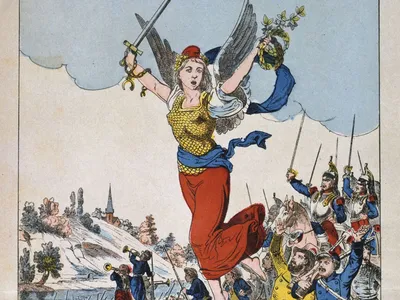
Patriotism
Love of one’s homeland/fatherland
Linked to the idea of identity being affirmed when the country is under threat; shared suffering
Patrilineage
everyone descended from the same male line, with the mother not being a part of a lineage (her children will belong to the husband’s lineage)
Matrilineage
everyone descended from the same female line, with the father not being a part of the lineage
does not mean the system is necessarily matriarchal
Avunculate
A matrilineage, but the most powerful male relative and decision-making figure is the Mother’s Brother, not the biological father
ex. Wendat (Wyandot, Huron), Haudenosaunee (Iroquois)
Hawaiian Kinship
Key characteristics:
no distinction between biological and non-biological relatives
living in large communities where women would breastfeed other women’s babies
men and women share children
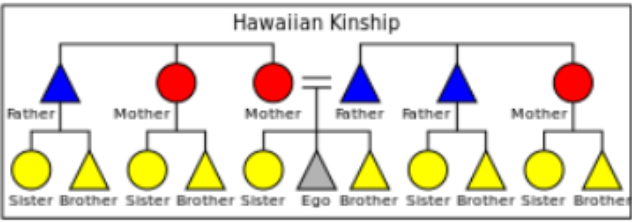
Sudanese Kinship
Key characteristics:
difference in the relatives on the mother’s vs father’s side (different terms)
similar to Chinese kinship system
has to do with property inheritance
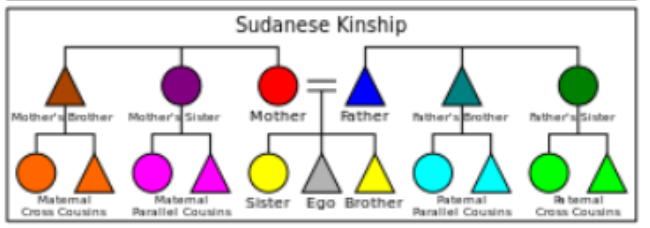
Eskimo/Inuit Kinship
Key characteristics:
mother, father, aunt, uncle, cousin terms remain consistent on both the matrilineal and patrilineal sides
economic correlation (hunting-gathering)
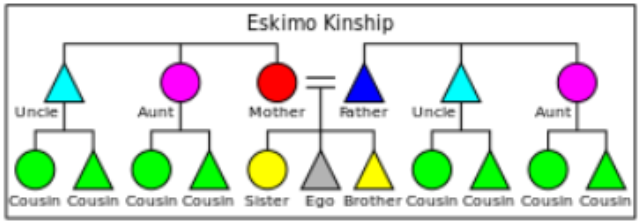
Affect
emotions/how you feel towards another person
when two people are related, it is expected that there is affect. affects towards people with the same kinship role tends to be similar
socially constructed, but very real
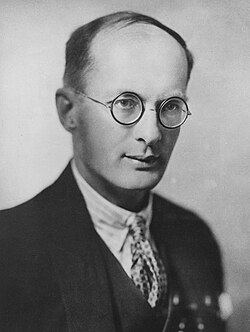
Trobriand Islands Society (Bronislaw Malinowski)
A classic series of studies that discovered the importance of the avunculate
the figure of authority is the Mother’s Brother, and the Biological Father is treated as an affectionate playmate
Contrary to traditional psychoanalytic studies, where the biological father is usually a powerful figure representing the law of the family
Commensality (Langkawi, Malaysia)
A system where people live and eat together, regarding each other as a descent group because they eat together
most are actually descended from a common ancestor, but some are adopted into the family
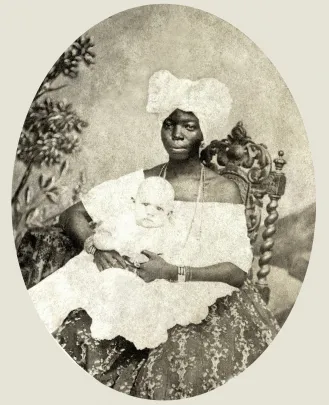
Wetnurses (Brazil)
the wetnurse (usually Black, enslaved) has a special relationship with the baby
Iemanja and Oxum: the “legitimate” mother is strict and distance, whereas the adoptive mother is affectionate and familiar, intimate
By the time the baby reaches the symbolic stage, they must separate from and oppose themselves to their nanny, which requires a denial that takes the form of a psychological pressure and develops ideas of white supremacy
Linguistic ethnonationalism
originating in 19th century Europe, it is based on the idea that you are related to the same people that are descended from the same ancestor, with language being inherited
development of language families and the idea that language creates a nation (ex. the unification of the German states because they all spoke “German,” or in other words inherited the same language)
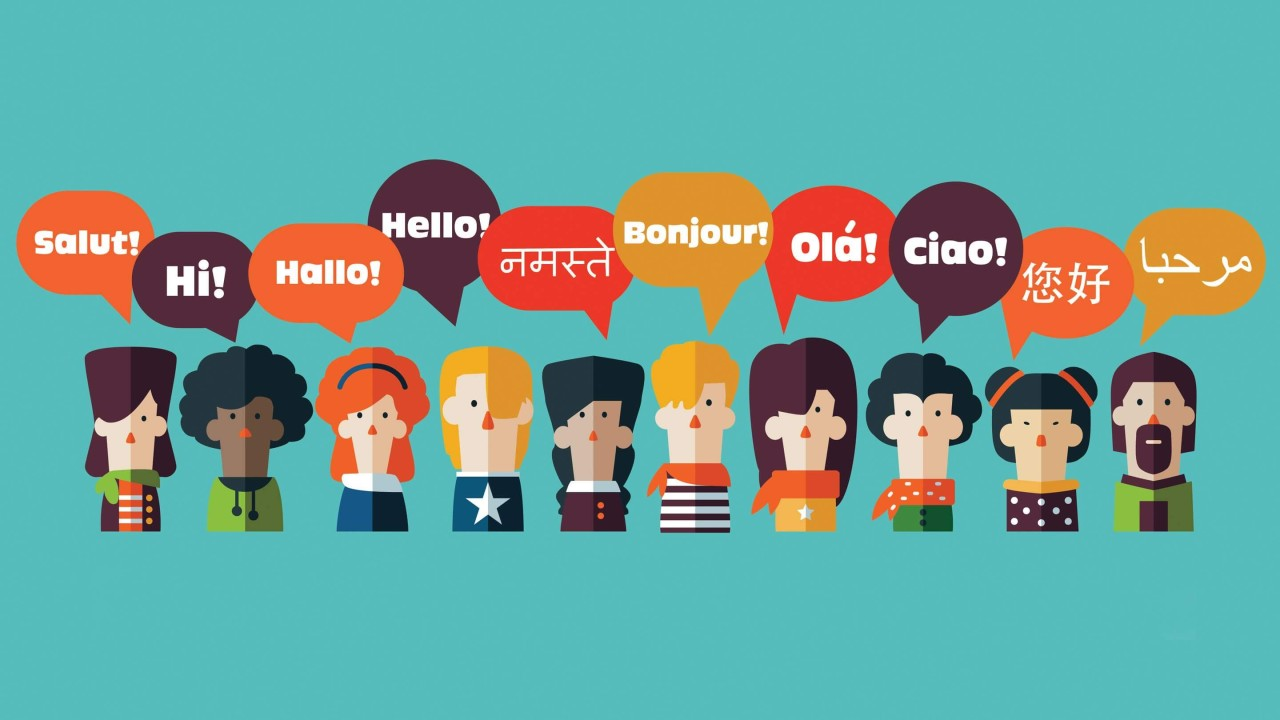
Language
A political social construct, typically a distinct category cut out from a continuum of dialects
A political/identity label, sometimes relevant to religious identities (Hindi-Hindu, Urdu-Muslim)
Dialects
A linguisitc continuum, not influenced by constructed borders. Usually united by common script
ex1. at Dutch-German borders, the traditional Dutch spoken locally is closer to traditional German at the borders than either are closer to official German/Dutch
ex2. Chinese dialects from North to South, East to West might as well be different languages, and are only seen as the same because of national attachment
Marriage
A reproductive alliance between families, symbolically and ritually building an alliance between your parents, creating a relatedness obligation
Does not simply involve the two (or more) people getting married
Participant observation
an essential method of social-cultural and linguistic anthropologists, with the ethnographer spending time in the field to live with the people they study
more of an experience than a scientific experiment, as each anthropologist’s experience living in a particular community is not necessarily replicable
Cultural relativism
often taken to mean “don’t judge if it’s not your culture”
states that each culture is a unique entity with its own special genius, worldview, and behavioural characteristics
however, in practical reality one must realize that there are similarities between all cultures, not matter how alien they may seem
Universals and particulars
similarities vs differences, what is common among all humans vs what is different
universals more important than differences, which are caused by social factors at least as much as cultural differences
Language acquisition device (Noam Chomsky)
an ability that is innate and universal among all humans, like a program that unfolds during certain periods of our lives
we learn specific languages, but all humans learn a language at some point
Universal Levels of Language
Level 1 (highest): texts, does not have to be written (discourse analysis)
Level 2: sentences (syntax)
Level 3: words (morphology)
Level 4: phonemes, distinctive distribution of sound units (phonology)
Level 5: phones (phonetics)
Language as a universal human characteristic always has these
Deep Structure vs Surface Structure (language)
deep structure: abstract, including categories such as “noun phrase”
universal, inherent within us
surface structure: the actual sentence that is given/spoken
as the diagram moves downwards, we go from universals to particulars
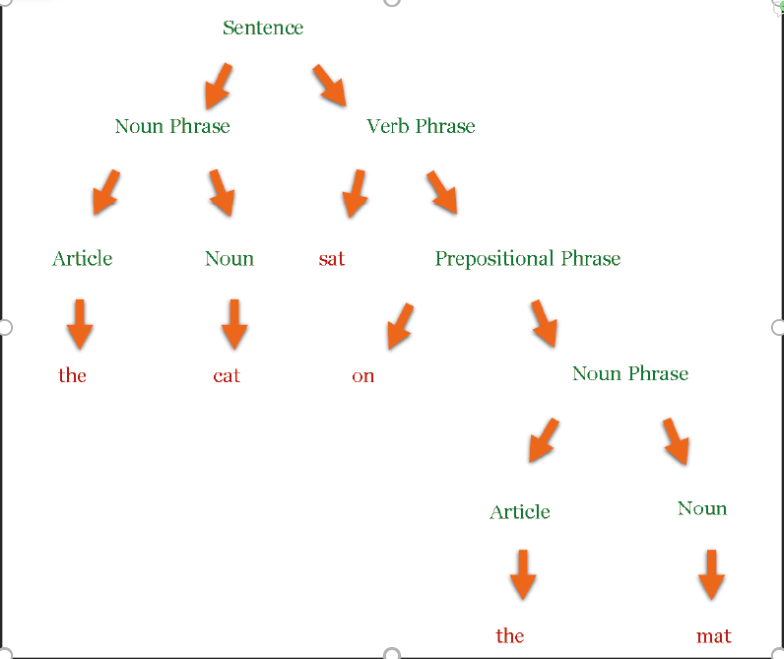
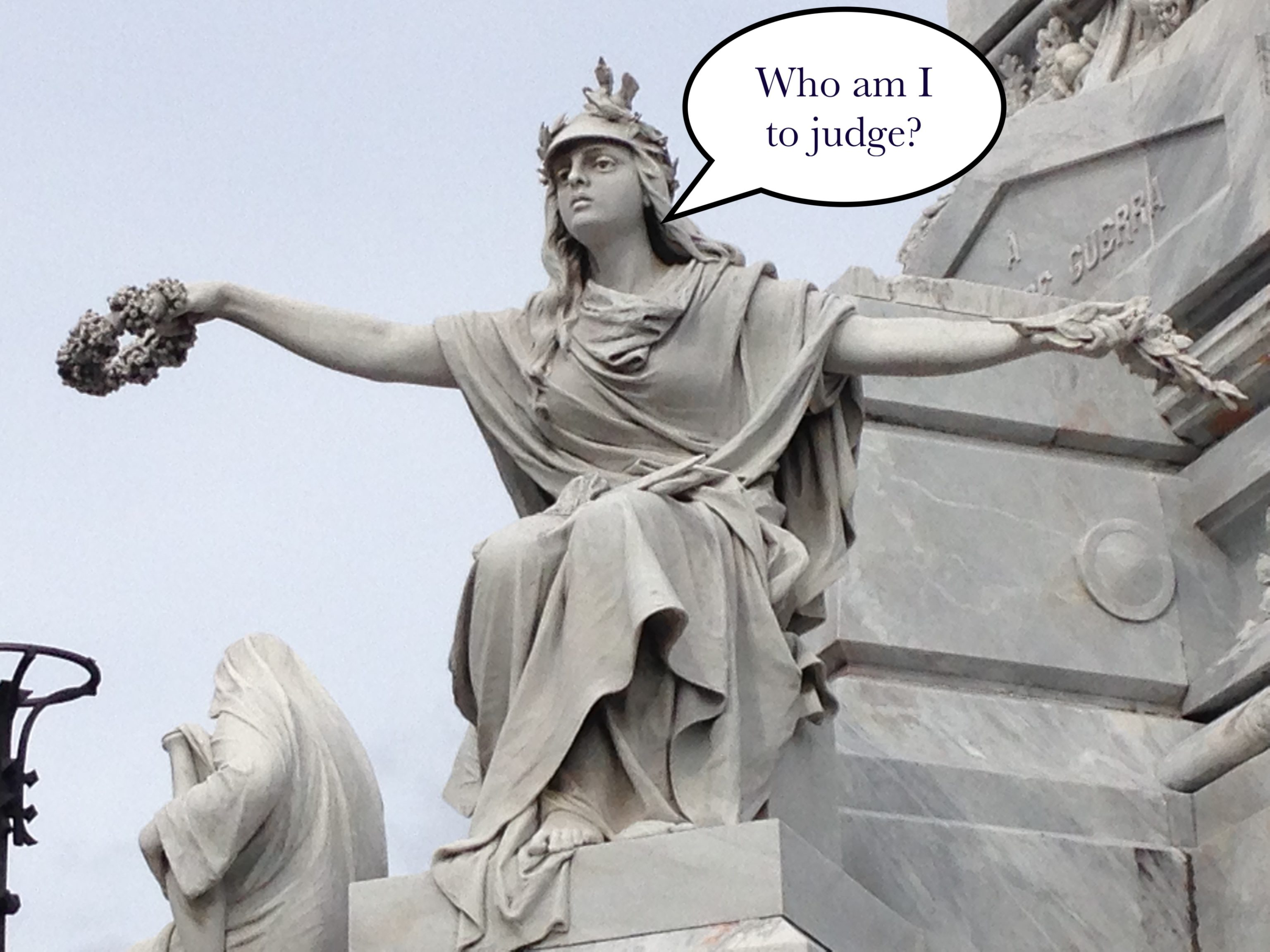
Moral relativism
not equal to cultural relativism, which allows for moral universals and moral problems
the belief that morality depends on culture, essentially putting no limits on cultural relativism
accepting all “cultural practices” in other cultures just because it is “tradition”
however, it ignores that historical, social, and economic conditions strongly affect our behaviour
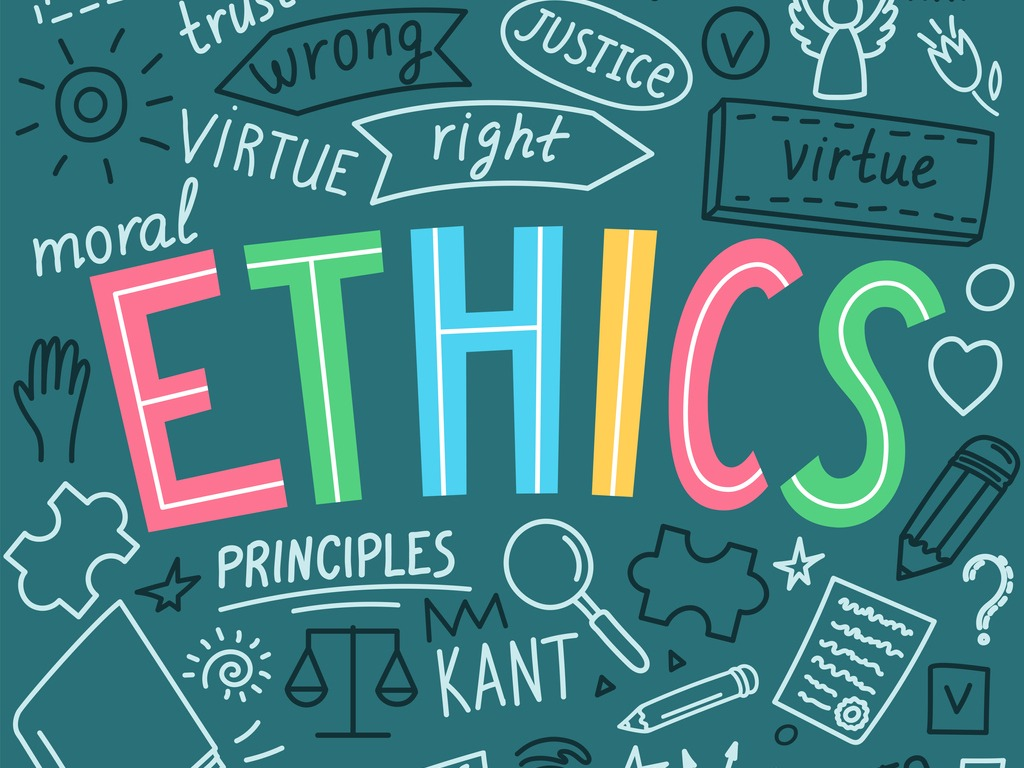
Ethics
relating to moral conduct, about good and evil
there may be universals and cultural particulars

Case study: Mother love and infant death in Alto do Cruzeiro, Brazil (Nancy Scheper-Hughes)
A case of mothers abandoning sickly babies to their fate, believing that trying to save these babies is wrong, it is trying “to fight with death”. allows a mother to, in good faith and with a clear conscience let go of an infant who wants to escape life
however, the reason behind this is not culture, but extreme poverty. progressive medical care and fresh water policies have caused infant mortality rates to become “normal”. it is not a cultural practice but a question of whether the mother can afford to raise the child

Case study: global organ trade
a case that shows the connection between ethics and economies. liberal (neoliberal) economies highlight free interactions among free consenting individuals
however, this “consent” becomes problematic when the “donor” is desperately poor
is it really voluntary action, or is it an action out of necessity?
Economic Anthropology
less interested in the general rules of economics, focusing rather on how specific policies function in “the field”, pursuing an ethnographic method, with results being less generalized but more true-to-life
Base and Superstructure (Karl Marx)
A relationship between the material and immaterial
Superstructure: government, family, religion, education, culture, etc
Base: economic means and relations of production
A system where the idea is that money makes the world go round; the economic base supports everything in the superstructure
the revised model describes a mutual influence between the base and superstructure, with the two being side-by-side
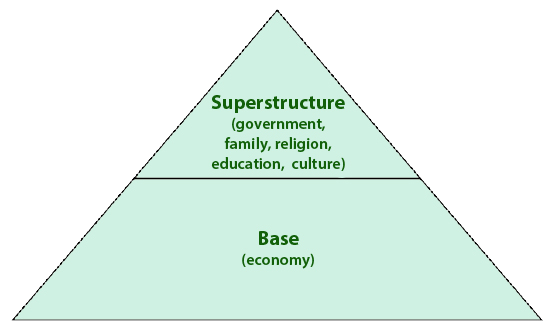
Means of Production
things used to produce wealth
includes: natural resources, tools, mines, factories, offices, infrastructure (bridges, roads, etc.)
Relations of Production
the relationships people have to each other as they produce in the economy
the social relationships required by the economy, with different relations of production in different economic systems (systems of production)
includes: coworker, lord/serf, employer/employee, education
Postindustrial
cultural practices developed in older economic systems have adapted to life in the postindustrial system
ex. many indigenous people in Canada were hunters and used fur for clothing and daily use, but during the time of colonization, their economy was transformed so that they were producing fur for global export

Foraging
Appearing 40-50k years ago, involves minimal manipulation of the environment. Includes hunting-gathering, herd-hunting in groups
involved superstructures: egalitarian, rudimentary (mainly gender-based) division of labour, relatively flexible gender roles, relatively free sexual behaviour, informal authority, little surplus, religion focused on natural phenomena
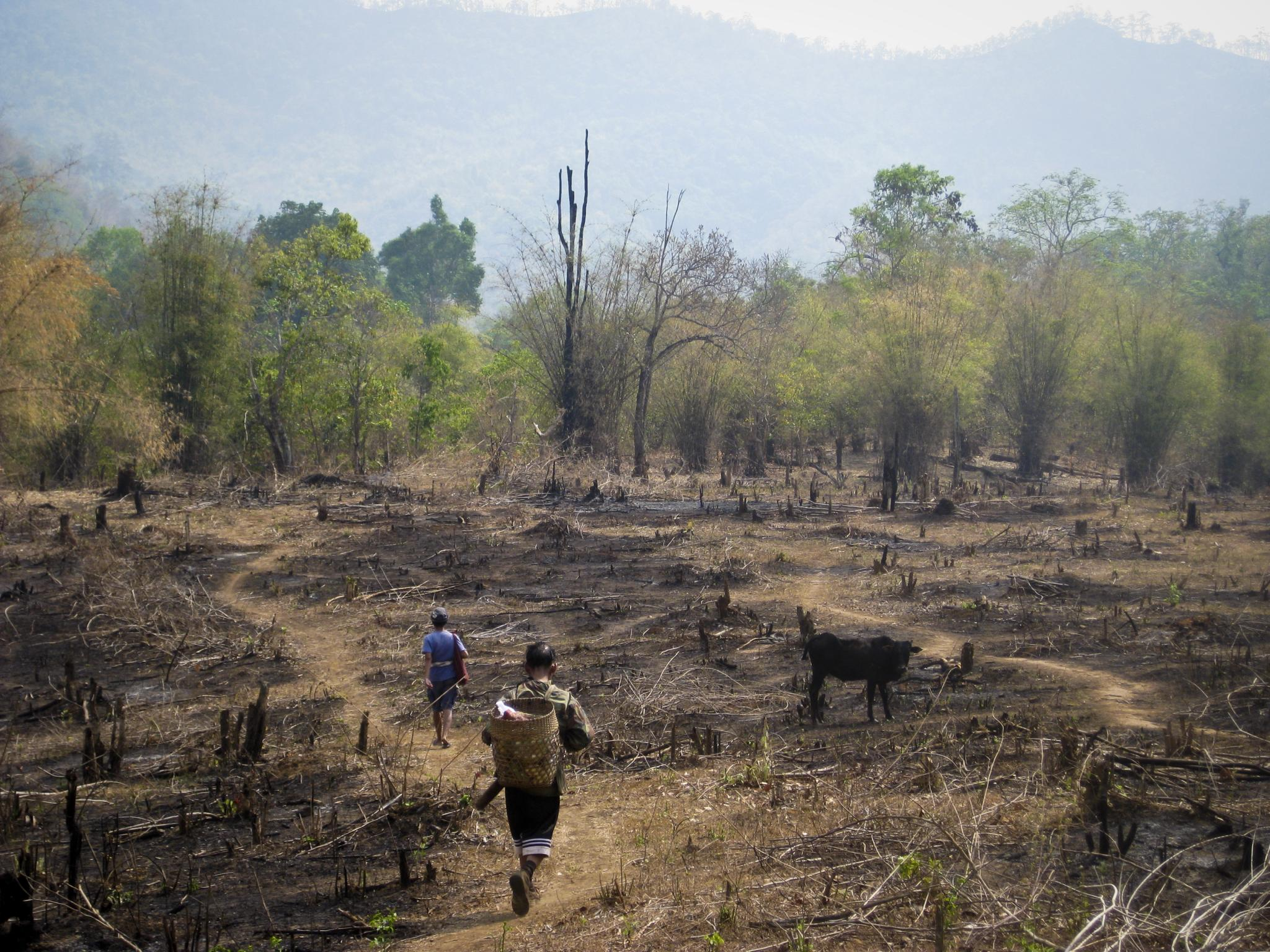
Horticulture
Appearing 10k years ago, involves a degree of environmental manipulation. Includes slash-and-burn methods of farming and involves more interactions between people
involved superstructures: chiefs and hierarchy, focus on natural cycles, harvest rituals, knowledge of solstices (may have calendars)

Pastoralism
Appearing 12-10k years ago, involves nomads moving over large territory, predating horticulture and depending on domesticated animals. expands the size of settlements and produces surplus, with individuals or groups own more of the means of production
involved superstructures: unequal social status (chiefs, states, even empires), gendered division of labour (stronger patriarchy), conflicts with neighbours, powerful gods linked to the sky (open areas, weather)
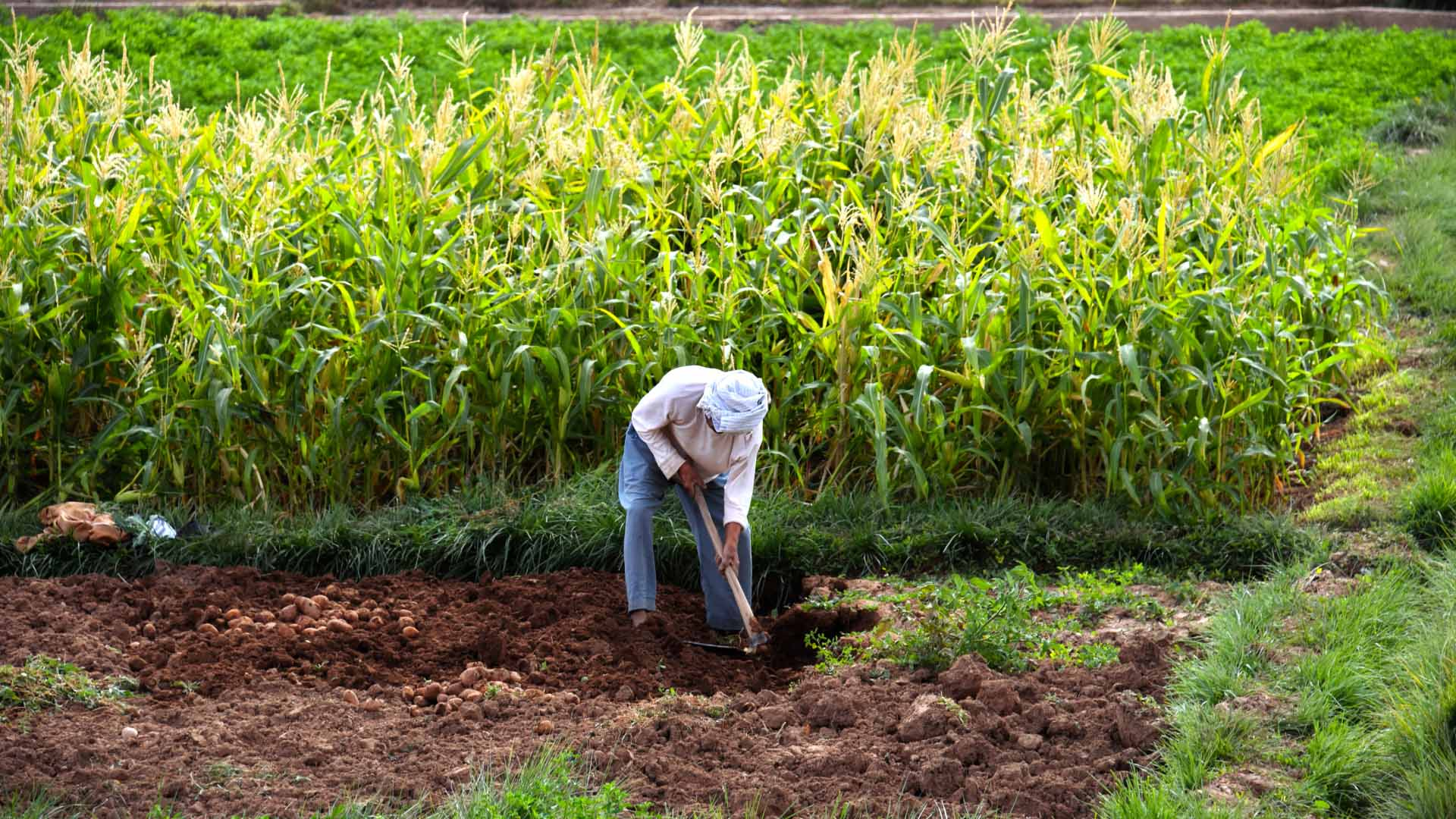
Intensive agriculture
Appearing 5-6k years ago, includes radical alteration of the land and a reliance on tools. produces unprecedented surplus and centralization of wealth and power, creating urban centers and periphery, as well as more fixed social structures, craft specialization, and long-distance trade
involved superstructures: ideologies that justify rigid social inequalities, writing, large public buildings/monuments, sciences, official art styles/depictions, full-time religious specialists, marriage focused on family property and inheritance
Social class
a relation of production, something that occurs in capitalism and industrialism
compared to estate systems, there is more mobility between classes. they are directly based on wealth rather than family, although the different is relative—being born to privilege or poverty makes a huge difference even in a class society
Wage labour
labour receiving regular (money-based) payments per week, month, etc.
a concept that develops alongside capitalism
wage workers are more efficient, creating more wealth (unprecedented surplus), and more inequality
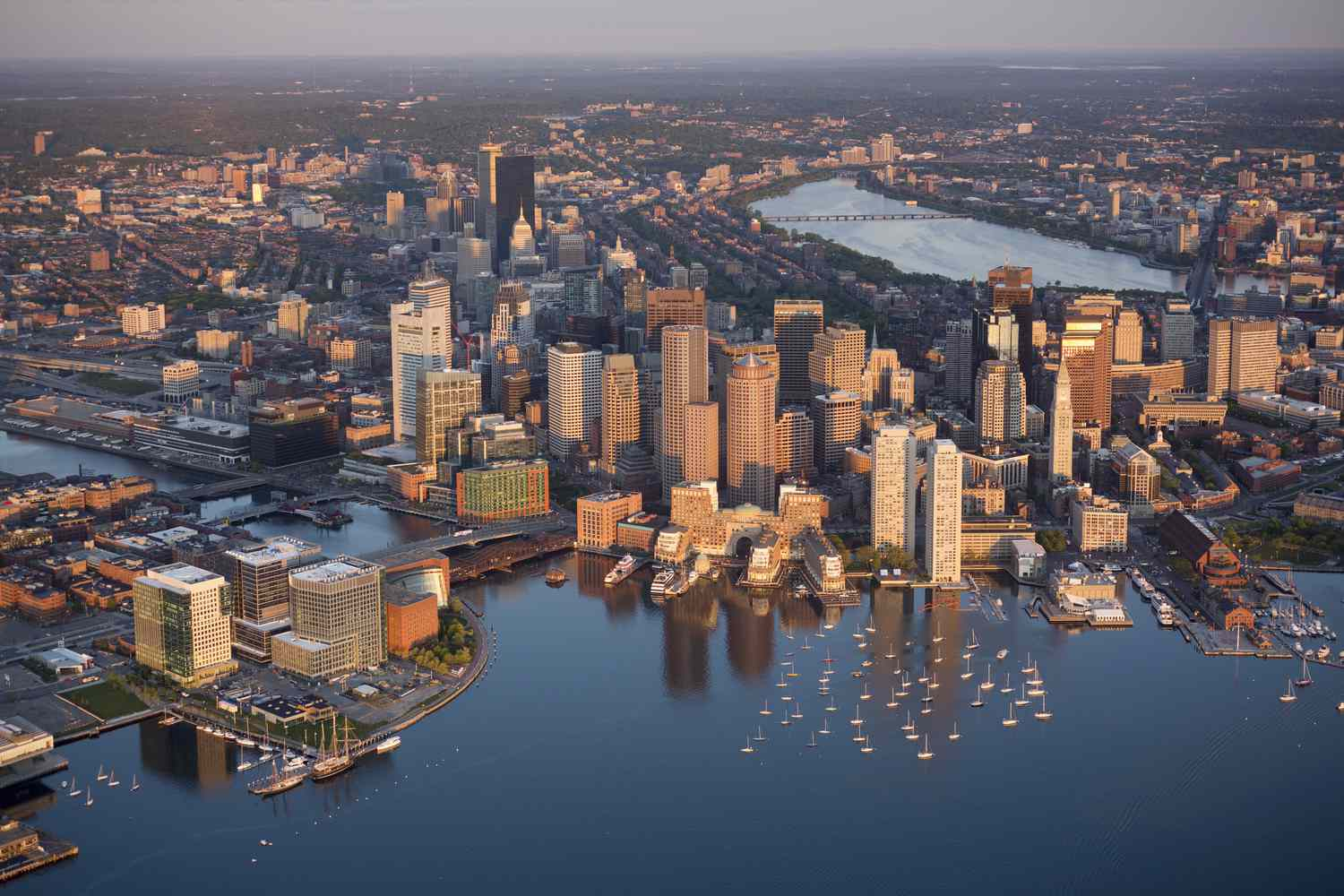
Megalopoles (Megalopolis)
Large cities, or continuous city landscapes
ex. the GTA, the area around and within NYC, etc.
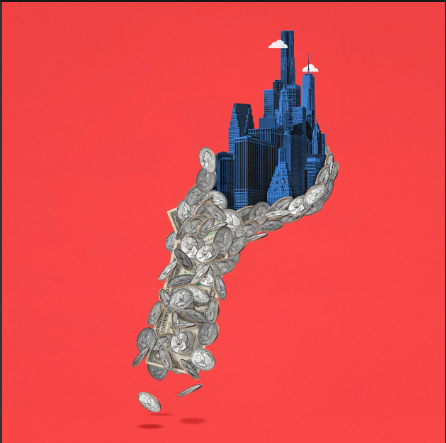
Capitalism
A system where society/the political economy is organized around capital
pure capitalism involves having no checks on the power of capital to organize the political economy. like true absolutism, this has never existed
Capital
anything one owns that can make them wealthier
ex. oil, precious metals, machinery, etc.
Money (capitalism)
financial capital
in capitalism, all value can be expressed as money
Market exchange
where items are exchanged for purely economic value

on (Japan)
can be translated as “benevolence”, but implies “obligation”
the idea that individuals should be aware of the kindness and generosity of others, particularly in the act of gift-giving, and should respond to it with appreciation and a sense of duty towards said person
also applies to other parts of East Asia
Gifts and obligation
In general, gift-giving requires reciprocity. Receiving a gift entails an obligation and establishes a relationship
this system precedes capitalism, but also survives in it
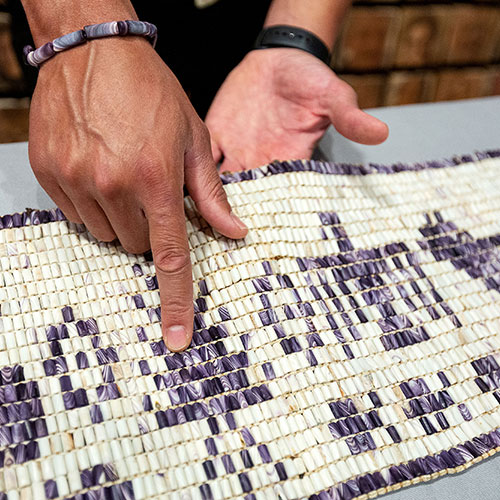
wampum
made from weeds and shells from the Atlantic coast, used by Indigenous peoples in Northwest America. It was used to display status and wealth and record events, but could not necessarily be translated into money/was not for sale
a traditional (non-capitalist) idea of value
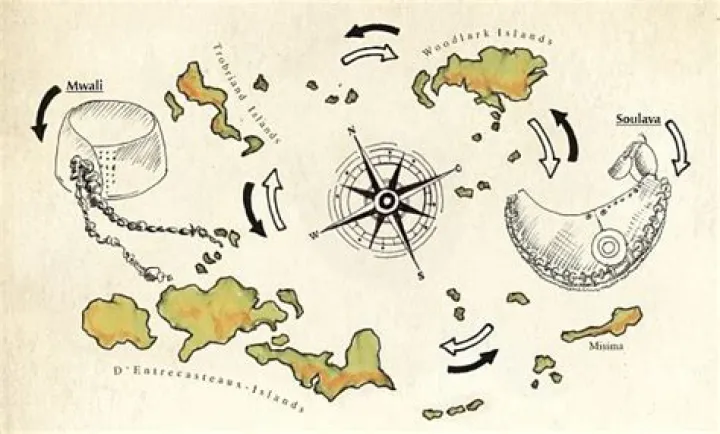
Kula ring
described by anthropologist Bronislaw Malinowski around the Trobriand Islands
Red shell-disc necklaces (veigun/soulava) are traded from island to islands in a clockwise direction, telling stories and acting as signs of prestige
Similarly, white shell armbands (mwali) were traded counterclockwise
to sell either for money would be a sign of betrayal, and these had to be exchanged in the kula ring
a traditional (non-capitalist) system of exchange
Individualism (industrialist superstructure)
has to do with mobility within the class system
the idea that an individual should be free to move towards a better job, to invest their own money, and in this model the family is seen as an obstacle
Love marriage (industrialist superstructure)
like individualism, also relates to mobility in an industrial society
idea that one leaves their family for love, whereas in a traditional marriage it is more about family alliances
Nationalism (organized market)
the idea that the nation should be one unified market with no tariffs in between states. it is backed up by the thought that, as citizens, we belong to one country, one people
ex. the EU was created along these ideas, and previously there was an impetus to create a unified market among the German states
The market
an impersonal abstract exchange mechanism, the totality of the capitalist exchange system
according to Adam Smith, it is the invisible hand that orders society
Free market ideology (liberalism)
the idea that government interference in the market should be limited, especially on a global scale
those in free market countries tend to trust businesses more than the government
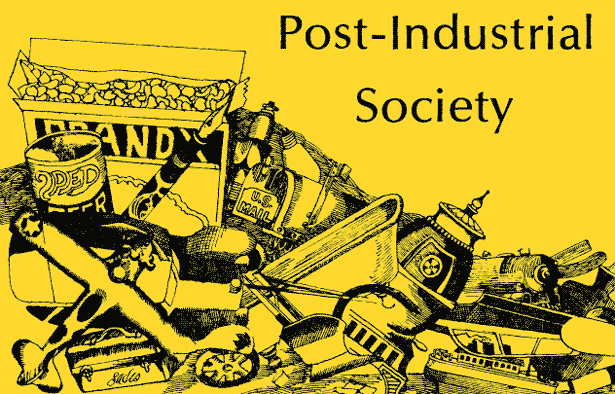
Post-Industrial Society
also known as a Post-Fordist society
characteristics:
requires education, and frequent re-education
the largest class is the middle class
a consumer society where people work to have a surplus, then use it to purchase goods (and a certain image)
involves brand recognition and image-marketing
markets are connected well-beyond the nation (global interconnectedness)
based mainly on service rather than manufacturing
“Surplus” populations
within post-industrial states, there are increasing income disparities, causing the growth of unemployment and underemployment and the development of urban slums

Outsourcing
when a richer country moves to a poorer country, typically the Global South, for manufacturing (cheaper labour)
can cause poorer countries to struggle with industrialization and increase the wealth gap between countries
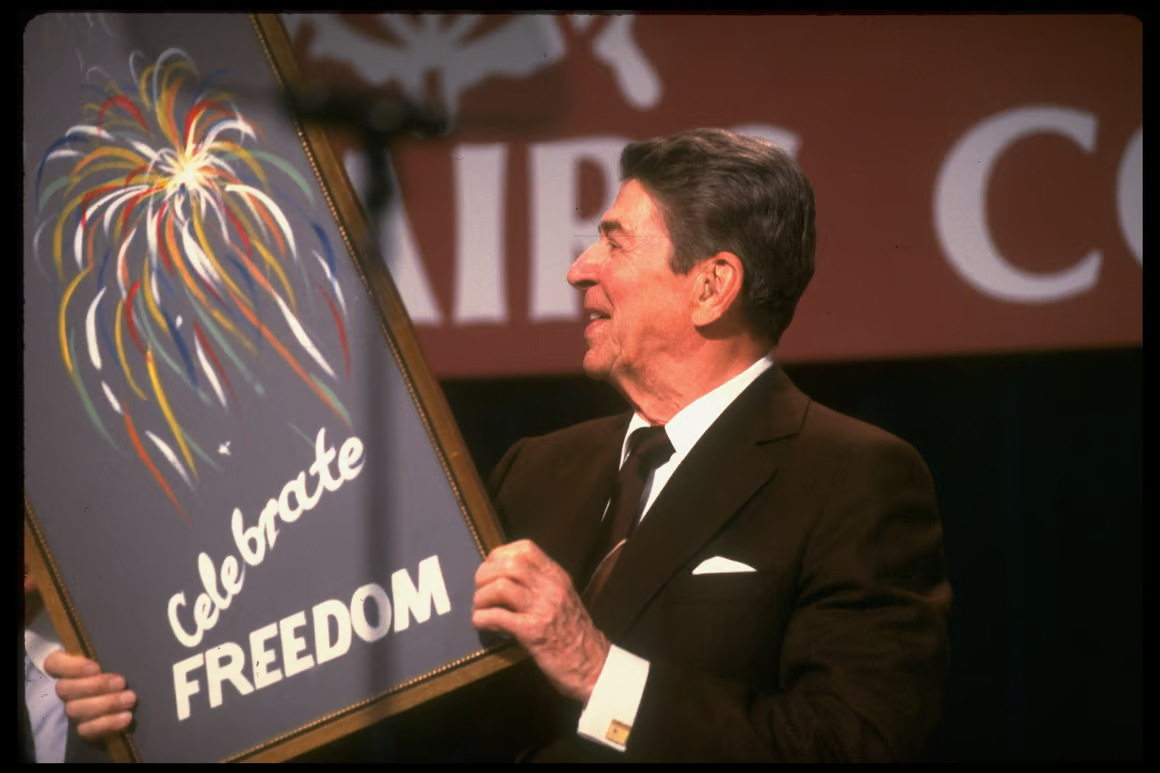
Globalization
the idea that, in the global market, there should be limited interference by national governments
was previously preferred by American and American-allied capital when they were unchallenged globally, where the interest was in the whole globe being a free market